Many home country houses try to plant not only fruit trees and shrubs, but also decorative cultures, which are decorated with their beauty and appear in the garden. Such cultures include a bobvik, which is characterized by the presence of long shoots, on which there are oblong colors. Culture flowers have bright yellow, pink or white color. Reducing brushes of plants reach a length of 40-60 cm, and at the same time they have a pleasant fragrance, thanks to which the country garden is filled with a tender smell. Bobulk is called decorative shrubs, as well as sprawle trees, depending on the variety and type of plant. Next, consider the features of this culture, as well as the rules for its cultivation.
Bobulk: Plant Description
The bobvnik is a beautiful decorative leaf fall tree or splashing shrub. Most often, the plant grows in Europe, Asia. The culture has the following features and characteristics:
- Flowers on brushes trees start their bloom at the end of May of the month. The period lasts until the end of June. In the middle of the summer, at the place of those flowers that the seeds are formed. They have a rather large size and in their shape resemble beans, from this plant and got the name "Bobulk".
- Steppe bobvik can be attributed to thermal-loving cultures that need additional insulation during the winter period.
- Bobulk is a plant for water bodies, parks and gardens. It is often planted as part of garden-park compositions next to Glycinia and Khmele.
- Culture refers to perennials.
- The leaf fall tree of the bobulk can be in the height reach 4-5 meters.
- The tree has an oval crown and falling branches. The bark on the shoots has a light brown shade.
- Seeds of plants are collected on their own on their homely plot, after the culture has been played away, or the seeds of the bobulk can be bought at any store for dachens and gardeners.
- The leaflets of the bobvik have an oval shape, their edge is slightly pointed. At the beginning of the spring, they are light green, and by the middle of the summer - acquire a darker shade. The length of the sheet plate is about 20 cm.
- Plant flowers, as mentioned above, have a pleasant soft aroma, and are excellent honey.
- It is worth remembering that the fruits of culture are poisonous. Therefore, not all daches wish to grow these trees in their sites.
Types of Bobovnik
Unlike most decorative plants, the genus of the bobvik is not so wide. He has only a couple of species, several separate varieties and 1 hybrid. From this value of the bobvik among lovers of flowering plants only grows.
Plant species:
- Bobulk anagricant. This plant is a multi-wheel tree, the height of which can reach up to 6 m. It blooms an anchiracal bobulk yellow inflorescences, the length of which usually does not exceed 30 cm. Thanks to its colors, this plant has the informal name "Bobulk - Golden Rain" or "Golden Bobulk". It begins to bloom the bobvnik anahydrate in mid-May and finishes at the end of June. This type of bobvik is distinguished by its frost resistance. The plant can successfully withstand frosts up to -20 ° C.
- Bobobnik Waterker. This plant is a hybrid. It is distinguished by a small height from the usual bobvik, which does not exceed 3 meters. The plant has reprehensive branches and rejugging young shoots whose length can reach a half-meter. When blossoming, the beamnik Waterker makes a very pleasant fragrance, which gives gardeners a lot of pleasure. In contrast to previous types of plants, this hybrid is distinguished by low frost resistance. That is why it is grown mainly in the southern regions.
- Alpine bob carrier. This plant in wildlife is often found in the southern regions of Europe. Despite this, it can very easily withstand short-term frosts up to - 30 ° C. This tree has an empty crown, which consists of the reprehensive branches, trunk and drooping young shoots. They resemble garlands of bright yellow colors. Their length can reach up to 40 cm, which looks very attractive. Blossom starts at the end of May and continues a little more than a month.
The most popular varieties of alpine bobuls are:
- PENDULA - this plant is distinguished by long debitting shoots.
- Quercifolia - variety is popular at the expense of the form of his sheet, which resembles an oak.
- Autumnale - blooms not only in spring, but also early in autumn.
- Aurea - has variable leaves color. First, they are striking their golden tint, but gradually acquire a bright green color.
Landing and care for the bobcover
Landing Bobovnik
The bobvnik - a plant that is not too picky about the choice of landing sites, so successfully will grow in any corner of the household plot.
Conditions for choosing a plot and rules for planting culture:
- To grow a bobvik, it is better to choose a well-lit place where it will not be lack of sunlight. In the absence of sufficient illumination, the growth and development of the plant can slow down or stop completely, and the flowering will become scarce and less bright.
- Bobulk Garden is well developing on poor lime soils, so that the introduction of frequent feeding during its vegetation is not mandatory. When planting a plant on the plot it is better to choose a place protected from strong winds.
- Also, almost all types and varieties of the bob carrier are very poorly carrying moisture stagnation near the roots. Therefore, the soil must be well drained.
The order of planting culture is as follows:
- Planting the bobvik is better to carry out groups - 2-3 plants. So they are better tolerant wintering, and their simultaneous blossom will create an incredibly beautiful picture in the garden.
- The most suitable time for planting is the beginning of spring when the last snow comes down and the soil will dry out a bit.
- Landing the bobulk is not particularly difficult. For it, it is necessary to prepare a hole in advance to half a meter.
- At its bottom there is a mixture of fresh humus and lime.
- The plant is inserted into the hole along with the support post to which it will be tied. This is done so that the seedlings of the ordinary bob carrier can withstand strong winds.
- After that, the pit is falling asleep. The soil in the rolling collar is mounted with a bark, peat, moss, straw or husks.
Bobulk: care
Special care bobvik does not require. The whole process comes down to timely watering and removal of shockless shoots.
- Some not frost-resistant varieties need to be protected from cold and snow. This is especially true of the northern regions, where frosts can last week. Most of all protection requires young plants, it is advisable to cover them with a polyethylene film. Adults are demanding the protection of the barrel from frost and rodents that can damage the bark. To do this, you can use various fabrics and the same polyethylene film. If there is a significant amount of snow, it should be shaken with the branches, since under his weight the latter can just break.
- The bobvarus trimming is carried out only for the formation of the crown, as well as to remove dead shoots.
- Falkering plants are carried out, as a rule, twice a year. Early spring makes fertilizers of the nitrogen group, which stimulate the growth of green mass, and in the period of rest after the end of flowering, potash and phosphoric feeding are added.
Bobulovnik reproduction
Bobulk reproduction is carried out by several paths:
- The reproduction of the bob carrier from seeds. The seeds of the bobulk can not be stored for a long time, so it is better to sow them immediately after collecting. The peculiarity of the seed of the bobvik is that they have too dense shell, which does not give the plant to grow immediately. Therefore, before sowing, they are treated with emery paper or inscribed. Then the furrows are preparing a depth of about 1 cm in which the beans are placed and the earth is sprinkled. The first bloom of the plant with this method of reproduction can be waiting for more than 5 years.
- Shining. Cuttings for breeding are cut from young shoots. You need to choose a powerful, healthy young. The process of cutting is best done from mid-July and until the end of August. Then they are plunged into loose soil and covered with a film or a jar. Water cuttings need very carefully so that fungal diseases do not appear. After rooting the plant transplanted at a permanent place. The saplings of the bobvik, who were planted from cuttings for the winter, is better to cover, because they can die even from a weak frost.
- Reproduction with removal. This is one of the most popular methods of breeding the bobuls. The young escape of the plant is pressed against the ground, and sprinkle with soil. In the touch point, the bourge of escape is cut a little. After the removal stops the roots, it is cut off from the maternal branch and transplanted at a permanent place.
- The separation of division is carried out very rarely, although it is suitable for some varieties. The fact is that adult plants are very hard to carry this operation, which can lead to illness.
Diseases and pests of the bobuls
Basically, all the varieties of the bobvik are unpretentious and rarely affecting various diseases.
- Most often, the problems appear due to improper irrigation, which leads to stagnation of water near the roots. Excessive moisture causes the appearance of fungal diseases such as malievous dew. It manifests itself illuminated by the appearance of mildew on two sides of the sheet. Over time, the affected leaves dry out and fall out, which is very harming the plant. The fight against malievable dew is carried out using special fungicides - Fundazole, topaz, acrobat MC, Amistar Extra. Be sure to comply with the dosage of the drug indicated on the packaging. You can warn the disease, only observing the rules of watering.
- From pests most often, the Bobobnik give the problems of the caterpillar and the fault. The fight against them is carried out with the help of spraying plants with special drugs - Syngenta "Aktara", "Commander", "Corado".

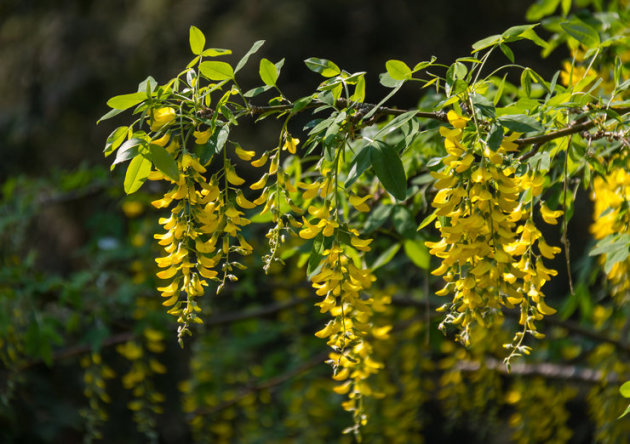
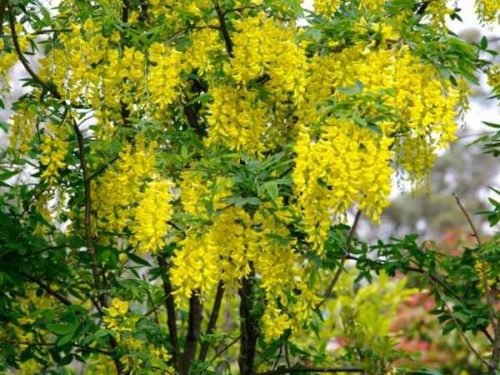
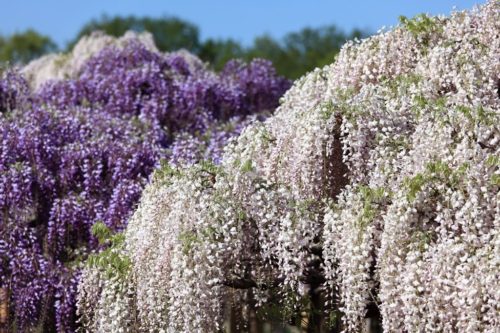
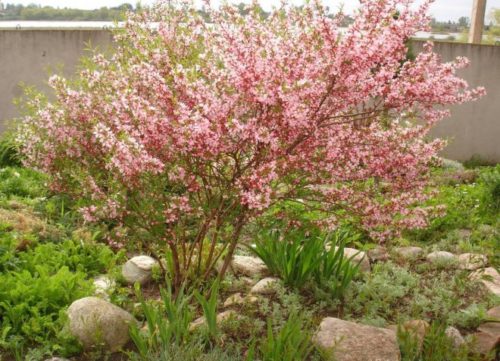
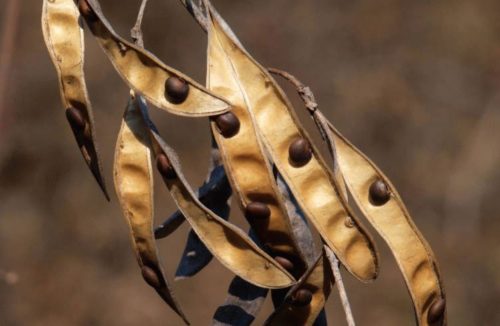

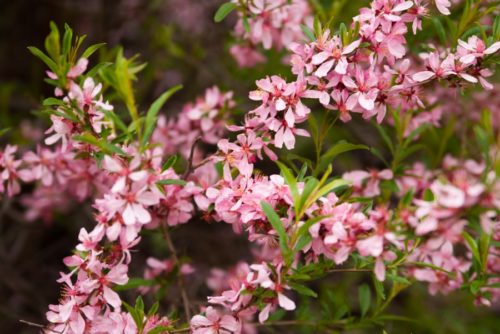

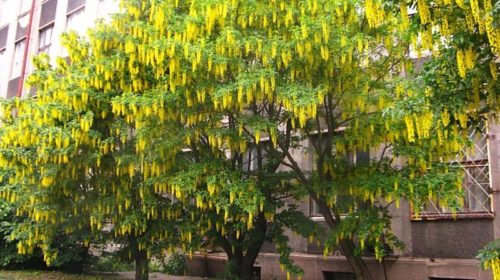
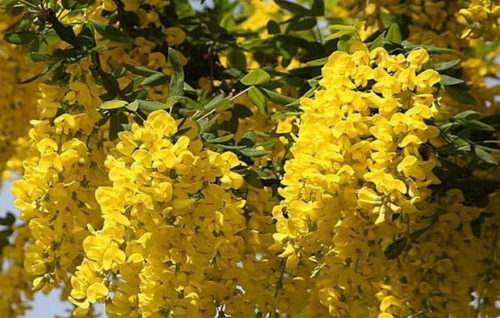

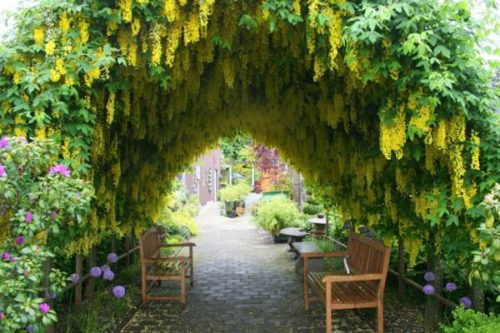












 Start a discussion ...
Start a discussion ...